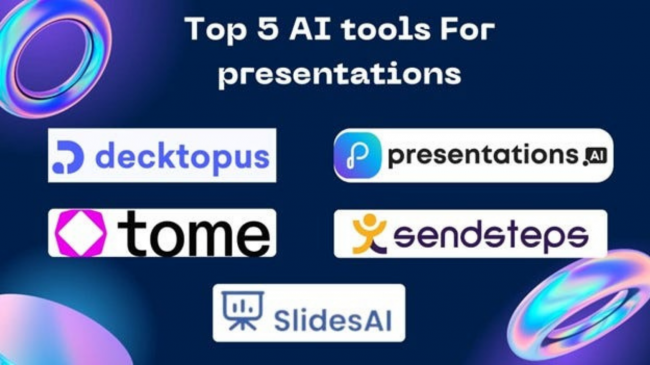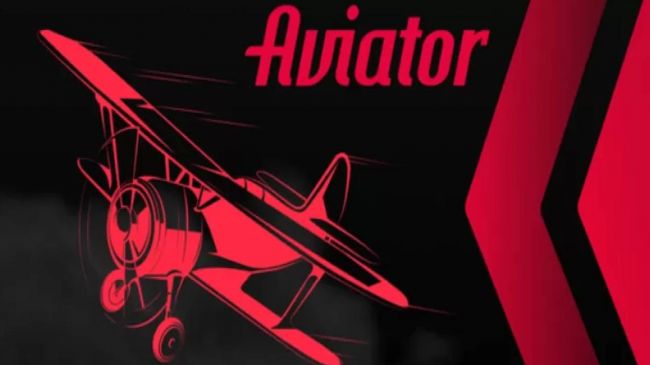On This Page
- The Reality of SaaS Saturation
- Start with Clarity: Who Are You Really For?
- Refine Your Positioning, Not Just Your Product
- Let Your Product Do the Talking—But Smarter
- Brand Matters More Than You Think
- Win with Content That Educates and Converts
- Build a Feedback Loop That Fuels Differentiation
- Make use of Network Effects and Community
The Reality of SaaS Saturation
SaaS companies aren’t just competing on features anymore—they’re fighting for attention, trust, and a spot in the customer’s tech stack. With new tools launching every week and incumbents expanding into adjacent categories, the landscape feels more crowded than ever. But competition isn’t the enemy—confusion is. If your product looks and sounds like everyone else’s, you’re not just blending in—you’re disappearing.
Start with Clarity: Who Are You Really For?
Differentiation starts with knowing your ideal customer better than your competitors do. Instead of trying to be everything to everyone, narrow your focus. The more precisely you define your target audience, the more you can shape your messaging, features, and onboarding to speak directly to them.
Is your tool built for fast-moving startups or enterprise IT teams? Are your users data-savvy growth marketers or less technical operators? The clearer you are about who your product is for, the easier it becomes to stand out in a meaningful way.
Refine Your Positioning, Not Just Your Product

Great positioning doesn’t mean inventing a new category—it means telling a better story about the category you’re already in. Most SaaS buyers don’t want to “discover” a solution—they want to recognize it. Your job is to help them do that quickly and confidently.
Focus your messaging around:
- The unique pain points you solve.
- The outcomes your users care about most.
- The friction you remove compared to legacy tools.
Avoid generic claims like “easy to use” or “best-in-class.” Everyone says that. Instead, say what others won’t—or can’t. For example, instead of “We streamline workflows,” try “We cut onboarding time by 60% for distributed teams with complex compliance needs.” Your brand story should clearly articulate the problem you solve, why it matters in the context of your customers’ world, and what truly sets your solution apart. Partnering with a specialized SaaS marketing agency can elevate that narrative into a strategic growth asset — sharpening your positioning, amplifying your differentiation, and ensuring your message resonates with the right audience at every stage of the buyer journey.
Let Your Product Do the Talking—But Smarter
Feature parity is inevitable. What really differentiates you is how you guide users to value. If your product helps users achieve their goals faster—or with less cognitive load—that’s a strategic advantage.
Use product-led growth tactics:
- Build tailored onboarding experiences.
- Highlight quick wins and milestone completions.
- Surface contextual tips based on user behavior.
SaaS buyers are overwhelmed with options. If your product delivers value faster and more intuitively, it wins—even if others have more features on paper. In fact, many modern SaaS teams are accelerating differentiation by embedding deep learning capabilities directly into their products—enhancing automation, recommendations, and personalization at scale. This article on deep learning in SaaS offers a deeper look at how AI is fueling product-led innovation across the industry.
Brand Matters More Than You Think
In crowded markets, brand isn’t just about aesthetics—it’s about trust. And trust drives conversion. A strong brand signals consistency, reliability, and purpose. It’s how your prospects differentiate you when the technical differences are minimal.
Your brand includes:
- Tone of voice across your website, emails, and product.
- Design that reflects your users’ taste and expectations.
- Social proof that feels authentic, not forced.
Especially in competitive spaces, showing personality—rather than playing it safe—can create the emotional resonance needed to stand out.
Win with Content That Educates and Converts
Content is one of the few levers you fully control. Done right, it not only attracts leads but positions your company as a trusted advisor. The best SaaS content does three things: it educates, aligns with buyer intent, and differentiates through unique insights or POV.
Move beyond basic blog posts and consider:
- Deep-dive comparison pages that show how you stack up.
- Industry-specific use cases and success stories.
- Tactical guides that solve real problems, not just rank on Google.
This is where a marketing agency for SaaS can provide a serious edge. An agency like Digital Rhinos that understands the nuances of SaaS buying behavior can help develop content that aligns with the funnel, drives conversions, and communicates value—without sounding like everyone else in your category.
Build a Feedback Loop That Fuels Differentiation
You don’t have to guess what makes your product stand out—ask your best customers. Conduct interviews, analyze support tickets, and review churn surveys. Look for language patterns. What features do they rave about? What objections did they have before converting?
Use this data to:
- Refine your messaging and homepage copy.
- Improve onboarding flows and feature prioritization.
- Adjust your ad targeting or sales scripts.
Differentiation is a moving target. Staying close to your users helps you adapt faster than your competitors.
Make use of Network Effects and Community
Differentiation doesn’t always come from the product alone—it can come from the ecosystem around it. If your product connects people, workflows, or insights in a unique way, you’re not just offering a tool—you’re building a platform or a community.
Consider:
- User communities or Slack groups where customers help each other.
- Integrations that tie your product to the broader SaaS stack.
- Evangelist programs that reward loyal users for sharing your tool.
These elements compound over time, making your product harder to replace and easier to recommend.
Final Thoughts: Differentiate Where It Counts
The best way to compete in SaaS isn’t to out-feature or outspend—it’s to out-focus. Know who your product is for. Tell a story only you can tell. Make value delivery obvious and fast. And back it all up with brand, trust, and real user insights.
In a noisy market, clarity is a moat. And the SaaS companies that win are the ones that make their value unmistakably clear—every time, on every channel.
Post Comment
Be the first to post comment!





